Home>Construction & Tools>Building Materials>How Do Brick Ovens Work
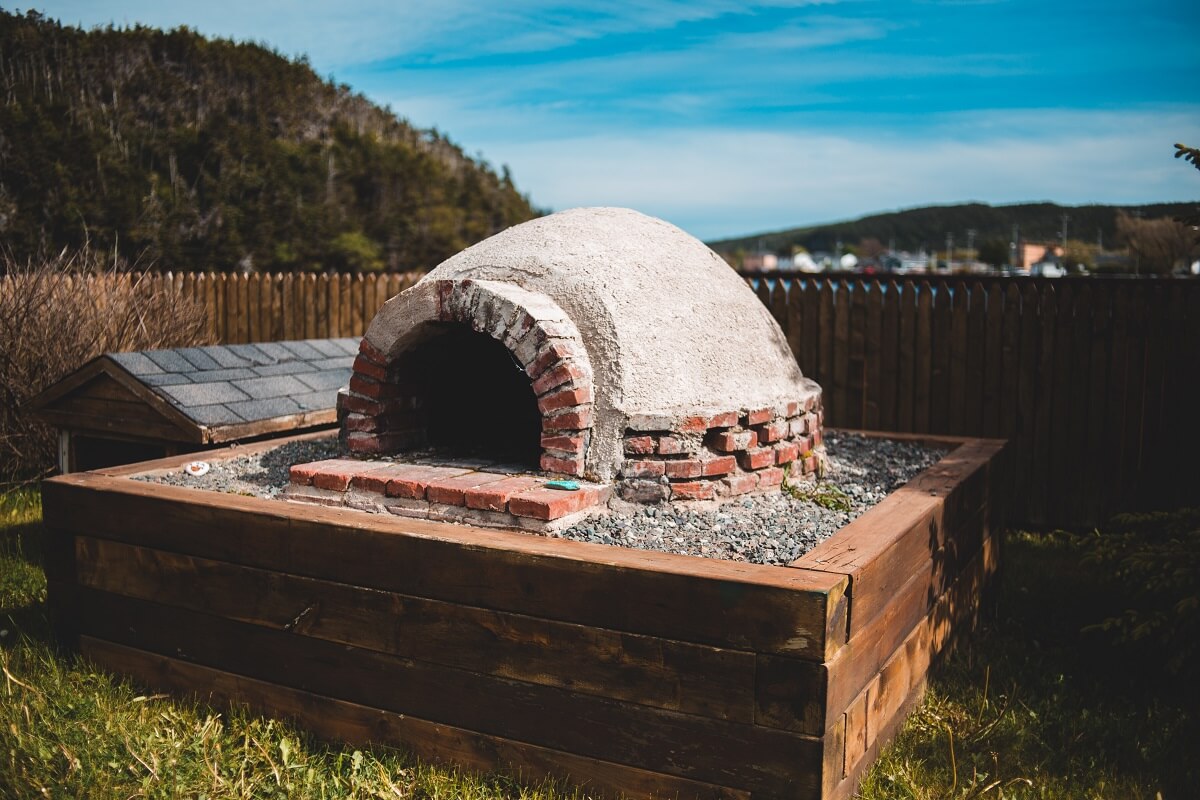

Building Materials
How Do Brick Ovens Work
Modified: February 29, 2024
Discover how brick ovens work and their use of building materials. Learn about the construction and functionality of these traditional cooking appliances.
(Many of the links in this article redirect to a specific reviewed product. Your purchase of these products through affiliate links helps to generate commission for Storables.com, at no extra cost. Learn more)
Introduction
Welcome to the world of brick ovens, where tradition, craftsmanship, and culinary excellence converge. These iconic structures have been a cornerstone of cooking for centuries, embodying a rich history and timeless appeal. In this article, we will embark on a journey to explore the fascinating realm of brick ovens, delving into their history, design, functionality, and the unique advantages they offer to both professional chefs and home cooks.
Brick ovens are revered for their ability to impart unparalleled flavor and texture to a diverse array of dishes, from crispy pizzas to succulent roasts. Their allure extends beyond mere functionality, evoking a sense of nostalgia and authenticity that resonates with enthusiasts and connoisseurs alike. Join us as we uncover the inner workings of these remarkable culinary instruments and gain a deeper appreciation for their enduring charm and culinary prowess.
Key Takeaways:
- Brick ovens have a rich history dating back to ancient civilizations, offering superior heat retention, enhanced flavor, and versatility in cooking techniques, making them timeless culinary marvels.
- While brick ovens require initial investment and maintenance, their ability to create exceptional dishes and evoke a sense of tradition and conviviality makes them indispensable in shaping the culinary landscape.
Read more: How Do Brick Ties Work
History of Brick Ovens
The history of brick ovens is intertwined with the evolution of human civilization, dating back to ancient times. The earliest evidence of brick ovens can be traced to the Indus Valley Civilization, where excavations have revealed the presence of rudimentary brick structures used for baking as far back as 2500 BCE. However, it was the ancient Romans who elevated the design and functionality of brick ovens to new heights, leaving an indelible mark on culinary history.
During the height of the Roman Empire, brick ovens, known as “fornax,” became ubiquitous fixtures in both urban bakeries and household kitchens. These ovens were ingeniously constructed using a combination of bricks, volcanic rock, and clay, harnessing the power of wood-fired heat to achieve exceptional baking results. The Romans recognized the superior heat retention and even distribution capabilities of brick ovens, paving the way for the widespread adoption of this technology throughout the empire.
As centuries passed, the art of brick oven construction and operation spread across Europe and the Mediterranean, becoming an integral part of various culinary traditions. In Italy, the birthplace of the modern pizza, brick ovens gained prominence as the preferred method for crafting the iconic Neapolitan pizza, renowned for its blistered crust and smoky flavor. The enduring legacy of brick ovens persisted through the ages, enduring wars, revolutions, and cultural shifts, symbolizing a timeless commitment to culinary excellence.
Fast forward to the present day, and brick ovens continue to captivate the imagination of chefs, bakers, and food enthusiasts around the globe. While technological advancements have introduced alternative methods of cooking, the allure of brick ovens remains undiminished, serving as a testament to their enduring appeal and unwavering relevance in the modern culinary landscape.
The Design of Brick Ovens
At the heart of every brick oven lies a meticulously crafted design that harmonizes form and function to achieve exceptional culinary results. The construction of a brick oven is a testament to the artisanal skill and engineering ingenuity that have been refined over centuries. While variations exist based on regional traditions and culinary preferences, the fundamental elements of a brick oven’s design remain consistent across different cultures.
The primary components of a traditional brick oven include the dome, hearth, chimney, and insulation. The dome, often constructed using heat-resistant bricks and refractory mortar, serves as the central chamber where heat is retained and circulated for even cooking. The curvature of the dome is carefully calculated to optimize heat flow and create the ideal cooking environment for a wide range of dishes, from bread and pastries to meats and vegetables.
Beneath the dome lies the hearth, where the culinary magic unfolds. This flat, circular surface, typically made of firebrick or refractory tiles, provides the foundation for cooking, allowing food to be placed directly in the path of radiant heat. The hearth’s ability to absorb and radiate heat evenly is instrumental in achieving the distinctive char and caramelization that are hallmarks of brick oven cuisine.
Another integral feature of a brick oven is the chimney, which facilitates the venting of smoke and combustion byproducts while regulating airflow to maintain optimal cooking temperatures. The strategic positioning and dimensions of the chimney are critical in ensuring efficient combustion and heat management, contributing to the overall performance of the oven.
Insulation plays a pivotal role in the design of brick ovens, serving to conserve and distribute heat effectively. Layers of insulating materials, such as ceramic fiber blanket or vermiculite, encase the oven, minimizing heat loss and stabilizing internal temperatures for extended cooking sessions. This insulation not only enhances energy efficiency but also contributes to the longevity and durability of the oven.
While the basic principles of brick oven design have endured through the ages, contemporary adaptations have introduced innovative features, such as adjustable dampers for precise temperature control and integrated thermometers for monitoring heat levels. These enhancements reflect a commitment to preserving tradition while embracing advancements that elevate the culinary capabilities of brick ovens.
How Brick Ovens Work
Brick ovens operate on a simple yet ingenious principle that harnesses the radiant heat stored within the oven’s structure to create an optimal cooking environment. The process begins with the firing of the oven, typically using hardwood or seasoned logs, which initiates a transformative sequence of heat distribution and retention.
As the wood combusts, it generates intense heat that permeates the oven’s dome and hearth, gradually raising the internal temperature to the desired level for cooking. The refractory materials comprising the oven absorb and store this radiant heat, establishing a reservoir of thermal energy that forms the cornerstone of brick oven cooking.
Once the oven reaches the ideal temperature, the residual embers and ash are carefully raked out, and the oven interior is swiftly brushed to remove any remaining debris. This meticulous process ensures that the cooking surface is clean and primed for the introduction of culinary creations, ranging from artisanal bread and wood-fired pizzas to succulent roasts and vibrant vegetables.
With the oven primed for culinary endeavors, the radiant heat emitted by the hearth and dome envelops the food, creating an environment conducive to even cooking and the development of complex, nuanced flavors. The intense, direct heat from the hearth imparts a characteristic char and crispness to the outer layers of bread and pizza crusts, while simultaneously sealing in moisture and enhancing the natural sweetness of ingredients.
Simultaneously, the radiant heat circulating within the domed chamber ensures consistent and thorough cooking, resulting in dishes that boast a harmonious fusion of textures and flavors. The convection currents generated by the heat distribution in the oven contribute to the rapid and uniform baking of bread, yielding airy interiors and golden, crackling crusts that epitomize artisanal craftsmanship.
Furthermore, the efficient heat retention of brick ovens enables a seamless transition between different culinary creations, allowing chefs to capitalize on the residual warmth for slow roasting, braising, and other techniques that benefit from prolonged, gentle heat exposure.
Ultimately, brick ovens epitomize the marriage of time-honored tradition and culinary excellence, offering a dynamic platform for unleashing creativity and elevating the sensory experience of food. Their ability to infuse dishes with a distinct smokiness and depth of flavor has cemented their status as indispensable tools in the culinary landscape, captivating the palates of aficionados and novices alike.
When using a brick oven, make sure to preheat it for at least an hour to ensure even heat distribution. This will help your food cook more evenly and thoroughly.
Advantages of Brick Ovens
Brick ovens have earned a revered status in the culinary world, revered for their exceptional performance and the myriad benefits they offer to chefs, bakers, and discerning food enthusiasts. The distinct advantages of brick ovens encompass a spectrum of culinary, practical, and sensory dimensions, underscoring their enduring appeal and unmatched versatility in the realm of cooking.
- Superior Heat Retention: Brick ovens excel in preserving and distributing heat evenly throughout the cooking chamber, resulting in consistent and thorough cooking of a wide range of dishes, from delicate pastries to robust meats.
- Enhanced Flavor Profile: The radiant heat and wood-fired environment of brick ovens impart a unique smokiness and complexity to foods, elevating their flavor profile and imbuing them with a distinctive, artisanal character.
- Rapid Cooking Times: The intense, direct heat of the oven’s hearth facilitates rapid cooking, yielding crispy crusts, tender interiors, and succulent textures, making it ideal for pizzas, bread, and other baked goods.
- Versatility and Adaptability: Brick ovens accommodate a diverse array of cooking techniques, from high-temperature searing and baking to slow roasting and braising, offering unparalleled culinary flexibility.
- Energy Efficiency: The exceptional heat retention properties of brick ovens minimize energy consumption, allowing for prolonged cooking sessions with minimal fuel requirements, making them environmentally friendly and cost-effective.
- Aesthetic Appeal: Beyond their culinary prowess, brick ovens exude a timeless charm and rustic elegance, enhancing the visual appeal of any kitchen or outdoor cooking space, creating a captivating focal point.
- Cultural and Historical Significance: Brick ovens embody centuries of culinary tradition and heritage, serving as a conduit for preserving cultural practices and culinary techniques that have withstood the test of time.
The amalgamation of these advantages culminates in a culinary experience that transcends the ordinary, allowing chefs and home cooks to unleash their creativity and craft exceptional dishes that resonate with authenticity and depth of flavor. Whether it’s the allure of a perfectly blistered Neapolitan pizza or the aroma of freshly baked artisan bread, brick ovens stand as a testament to the enduring allure of time-honored culinary craftsmanship.
Read more: How Hot Do Brick Ovens Get
Disadvantages of Brick Ovens
While brick ovens offer a myriad of culinary benefits, it’s important to acknowledge that they also present certain challenges and limitations that warrant consideration. Understanding the potential drawbacks of brick ovens is essential for chefs, bakers, and homeowners seeking to incorporate these iconic cooking fixtures into their culinary repertoire.
- Initial Cost and Installation: The construction or acquisition of a brick oven can entail a significant initial investment, including materials, labor, and potential structural modifications to accommodate the oven’s weight and dimensions.
- Space Requirements: Brick ovens, particularly larger models, demand ample space for installation, which may pose challenges for individuals with limited outdoor or indoor square footage.
- Time and Skill Investment: Operating a brick oven effectively requires a degree of skill and experience to manage the firing, temperature control, and cooking techniques, necessitating a learning curve for novices.
- Maintenance and Cleaning: Brick ovens necessitate regular maintenance to preserve their structural integrity and cooking performance, including periodic cleaning, inspection of refractory materials, and potential repairs.
- Heat Management: Achieving and maintaining the optimal cooking temperature in a brick oven demands attentiveness and precision, as the intense heat can potentially lead to overcooking or burning of delicate foods.
- Weather Sensitivity: Outdoor brick ovens are susceptible to weather conditions, requiring protection from precipitation and temperature fluctuations to ensure consistent performance.
- Regulatory Considerations: In certain jurisdictions, the installation and operation of brick ovens may be subject to zoning regulations, environmental codes, and safety standards, necessitating compliance and potential permitting.
While these disadvantages underscore the practical and logistical aspects of integrating brick ovens into culinary spaces, they do not diminish the allure and culinary prowess of these iconic cooking fixtures. With thoughtful planning, proper training, and attentive maintenance, the limitations of brick ovens can be effectively mitigated, allowing individuals to savor the exceptional culinary experiences they afford.
Conclusion
As we conclude our exploration of brick ovens, we are left with a profound appreciation for these timeless culinary marvels that seamlessly blend tradition, craftsmanship, and sensory delight. The journey through the history, design, and functionality of brick ovens has unveiled a tapestry of cultural heritage, culinary ingenuity, and enduring appeal that transcends generations and geographical boundaries.
From the ancient hearths of the Roman Empire to the bustling pizzerias of Naples and the contemporary kitchens of passionate home cooks, the legacy of brick ovens persists as a testament to the enduring allure of artisanal cooking. The distinctive advantages of brick ovens, including superior heat retention, enhanced flavor profiles, and unparalleled versatility, underscore their indispensable role in shaping the culinary landscape, inspiring chefs and food enthusiasts to push the boundaries of creativity and flavor.
While acknowledging the practical considerations and potential challenges associated with brick ovens, we recognize that their intrinsic value transcends mere functionality, encompassing cultural significance, aesthetic appeal, and the capacity to foster communal experiences centered around food and tradition. The enduring allure of brick ovens lies not only in their ability to craft exceptional dishes but also in their capacity to evoke a sense of nostalgia, authenticity, and conviviality that enriches the culinary journey.
As we stand at the crossroads of tradition and innovation, the legacy of brick ovens endures as a beacon of culinary craftsmanship, inviting us to embrace the artistry of cooking and the sensory pleasures it bestows. Whether it’s the allure of a blistered pizza emerging from the fiery depths of the oven or the aroma of freshly baked bread permeating the air, brick ovens continue to captivate our senses and kindle the flame of culinary passion.
With their timeless appeal and unwavering ability to elevate the sensory experience of food, brick ovens stand as a testament to the enduring legacy of culinary tradition, inviting us to embark on a journey of flavor, tradition, and shared moments of culinary delight.
Frequently Asked Questions about How Do Brick Ovens Work
Was this page helpful?
At Storables.com, we guarantee accurate and reliable information. Our content, validated by Expert Board Contributors, is crafted following stringent Editorial Policies. We're committed to providing you with well-researched, expert-backed insights for all your informational needs.
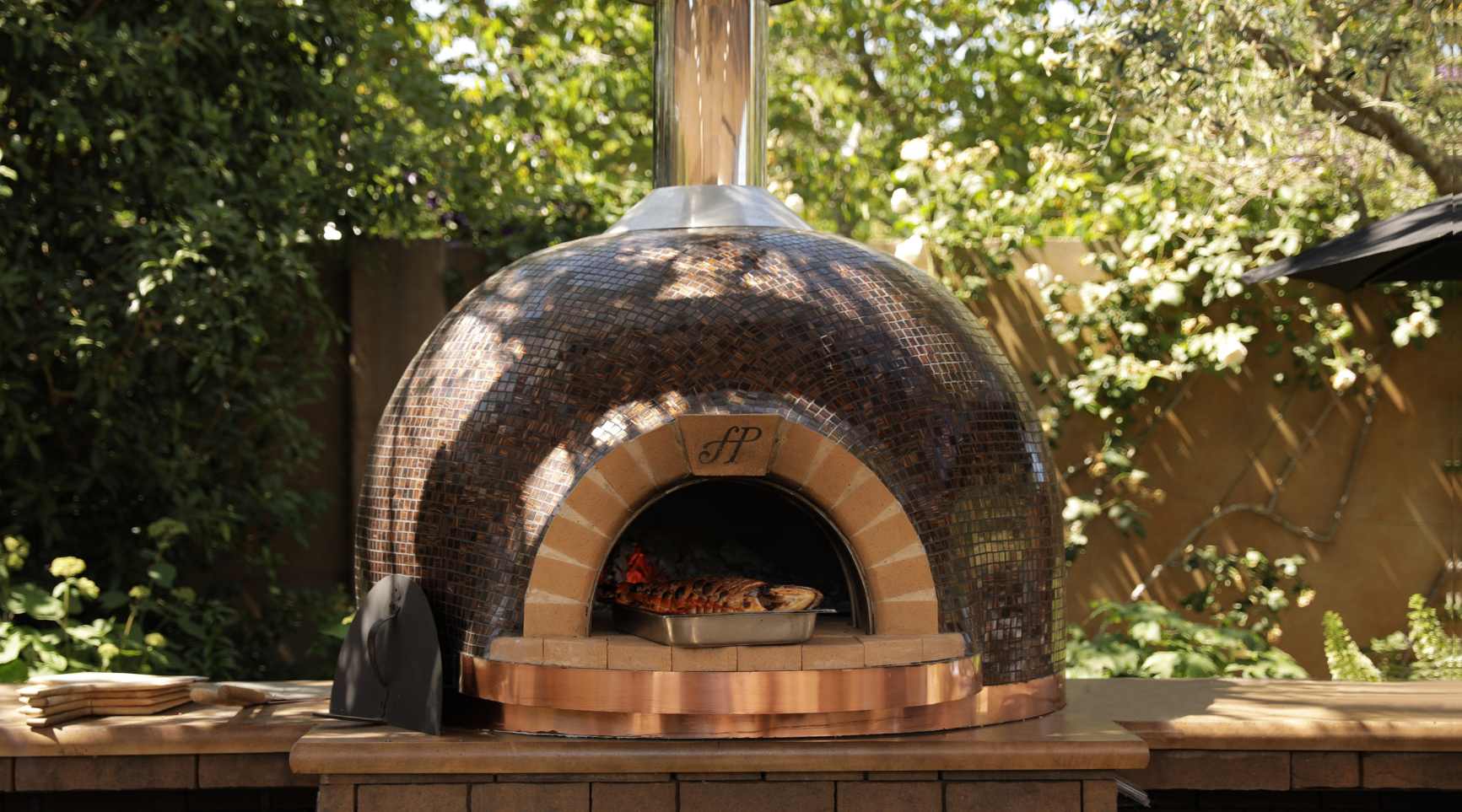
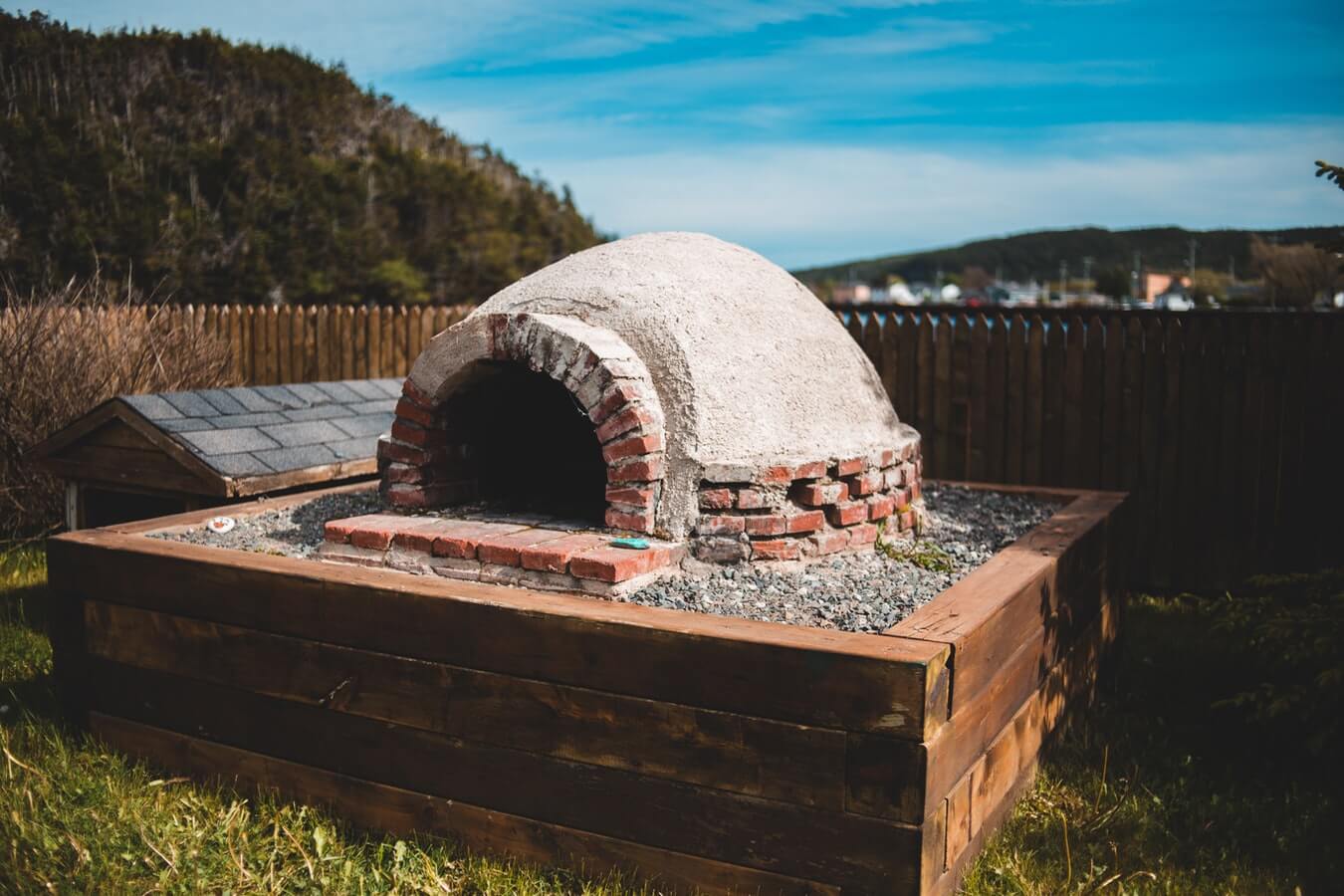

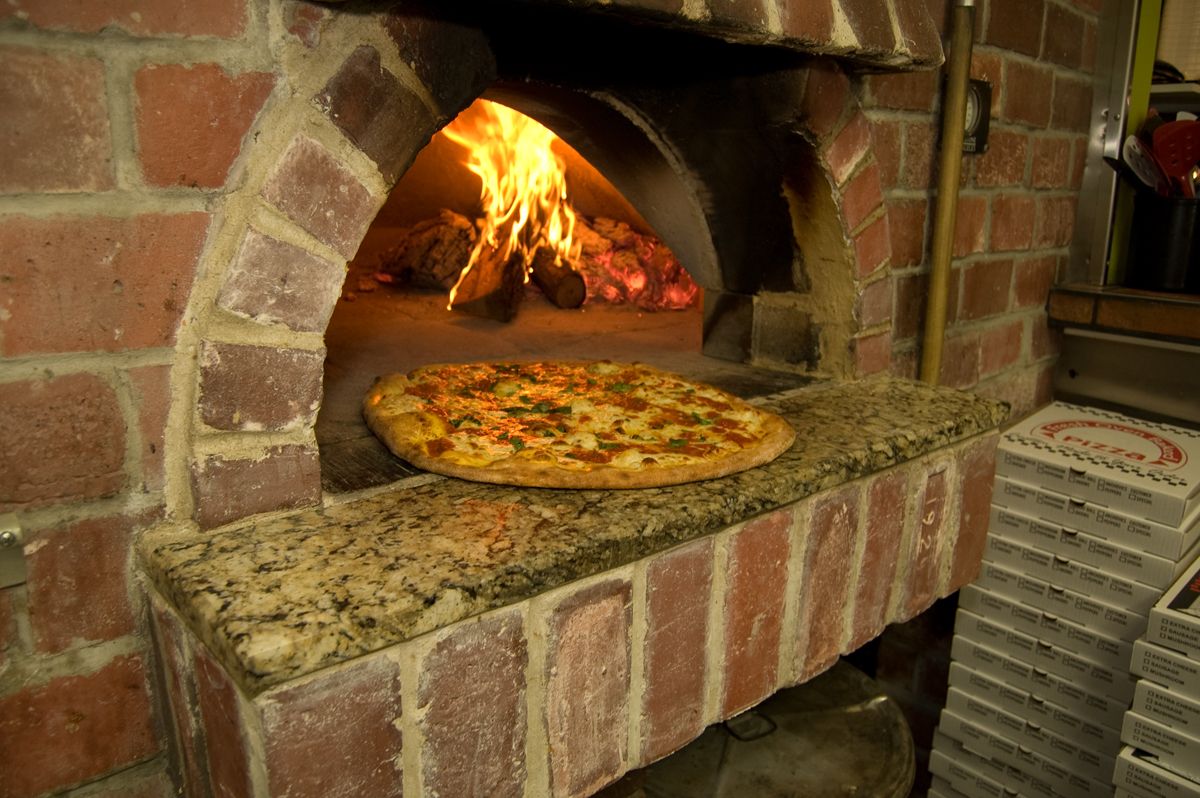
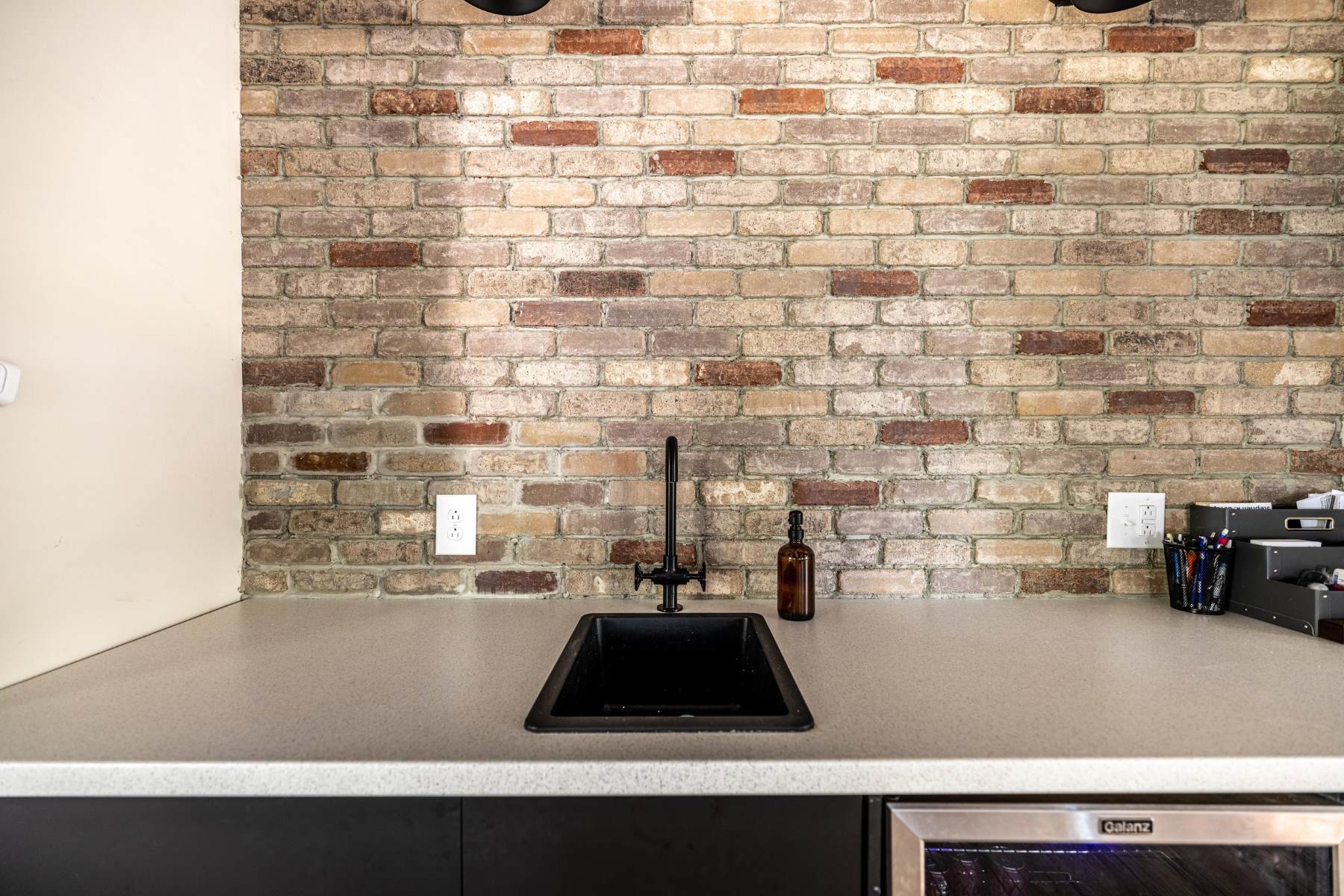
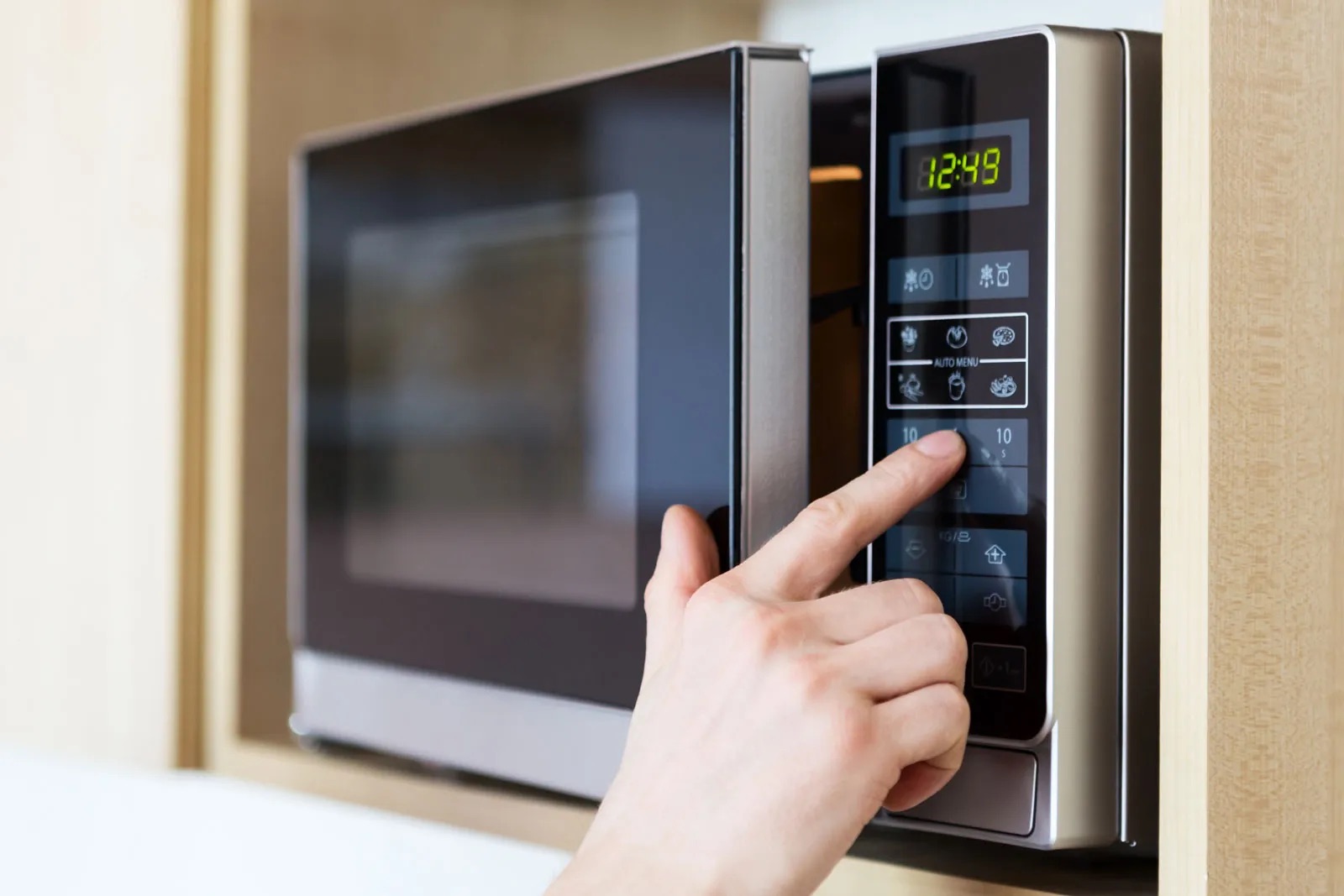
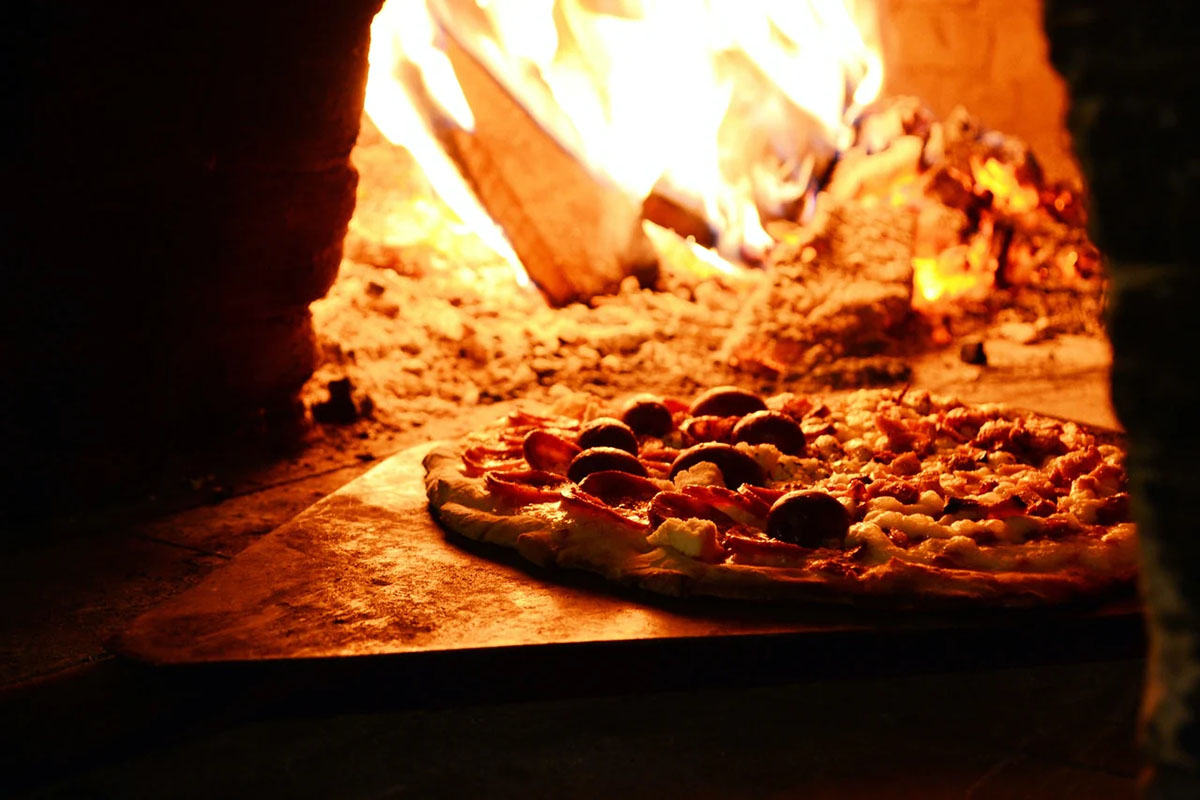
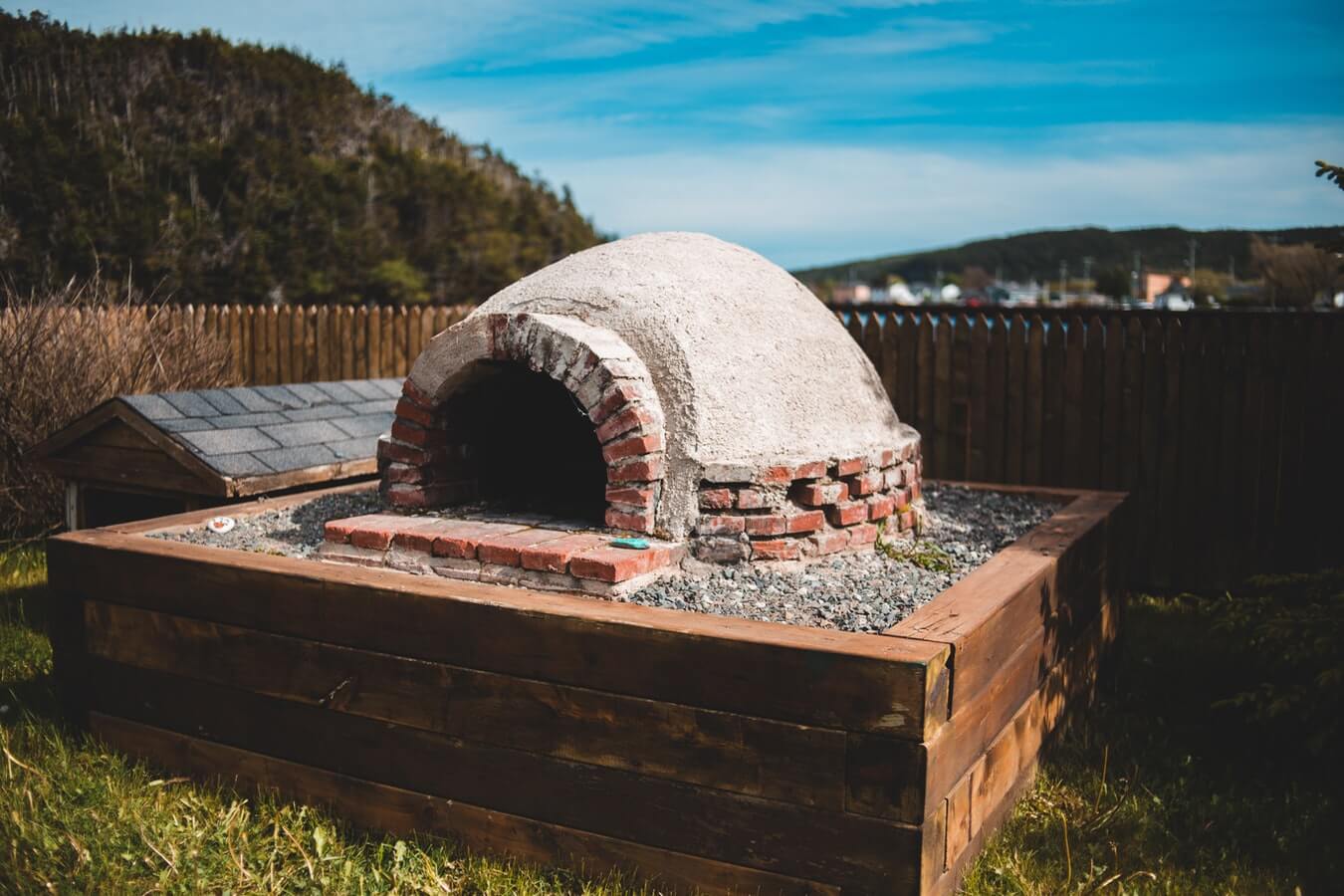
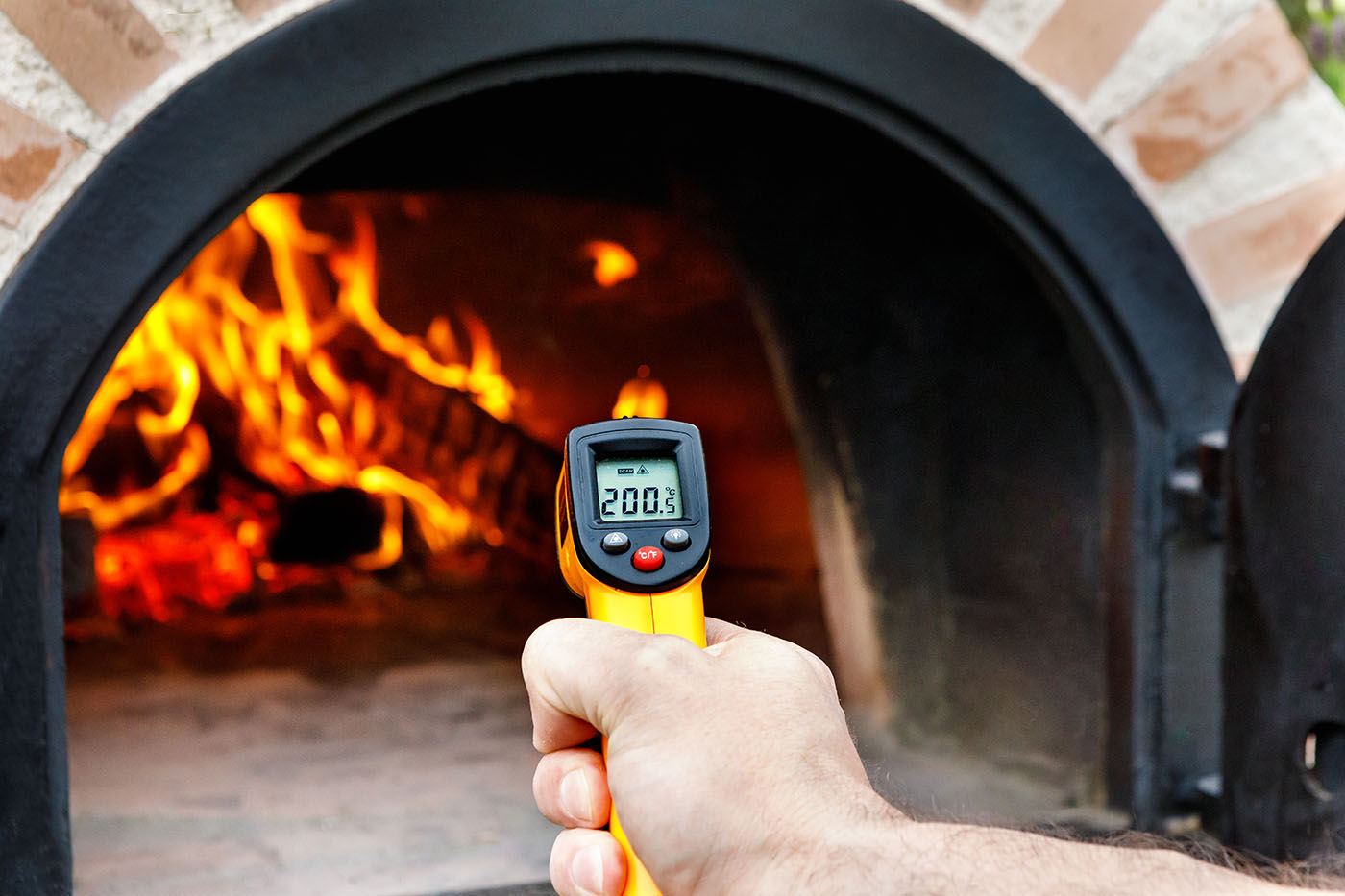
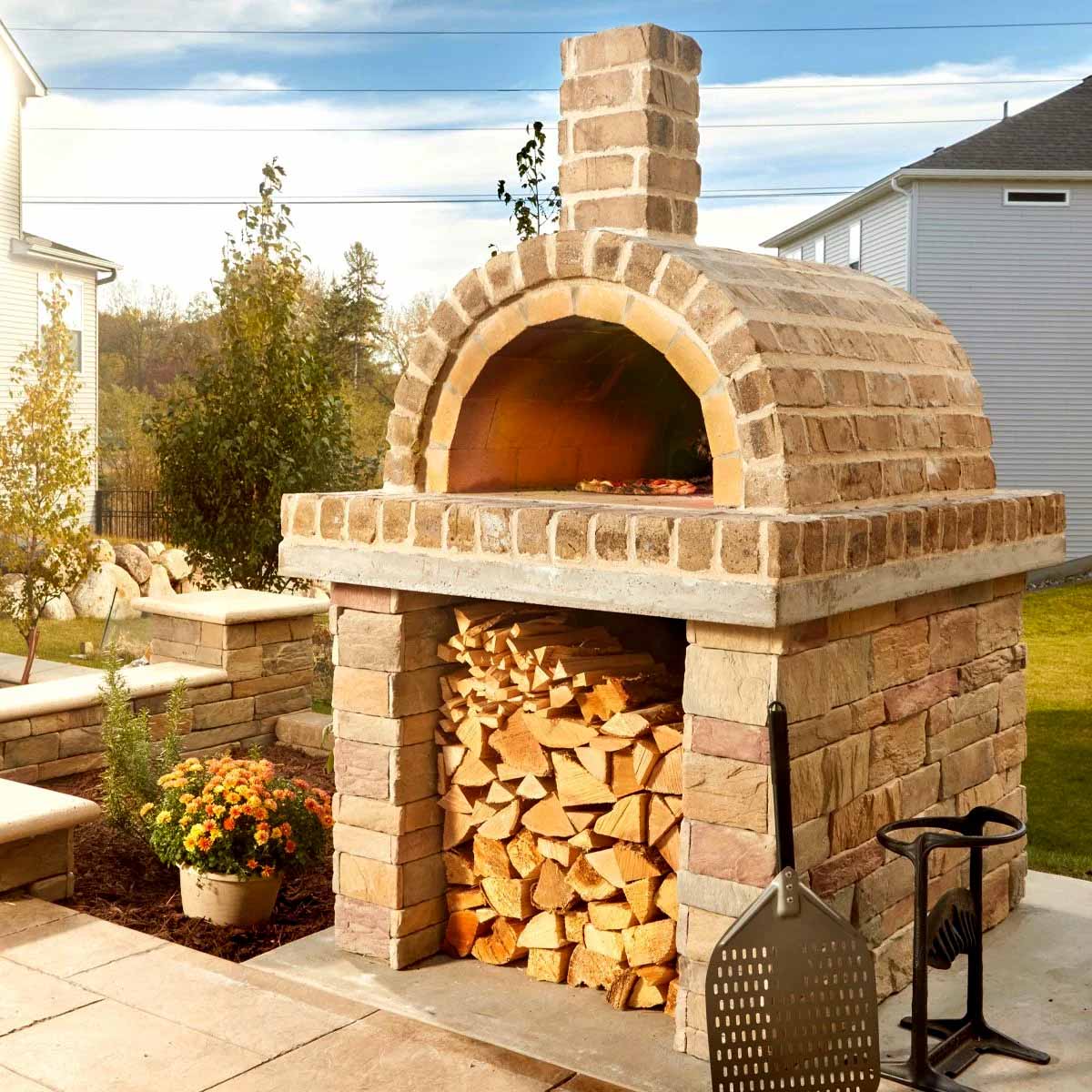
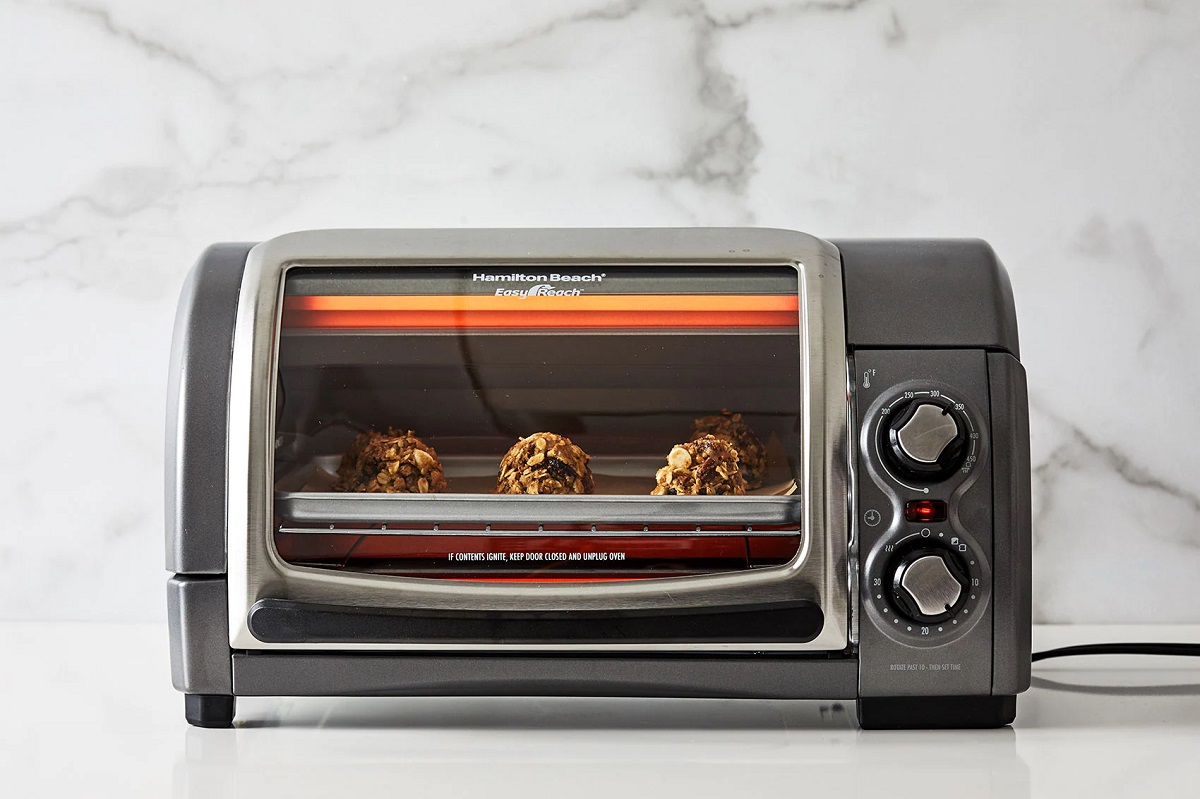

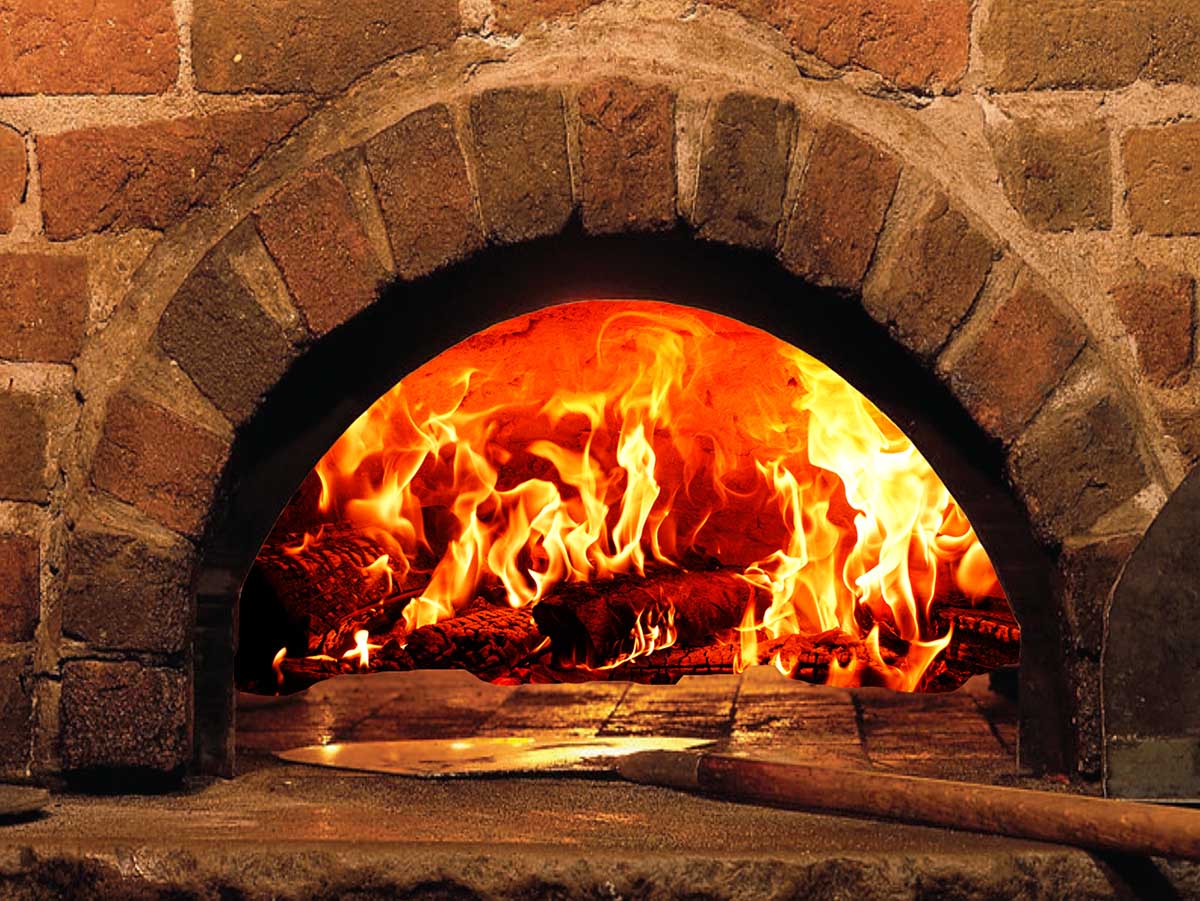
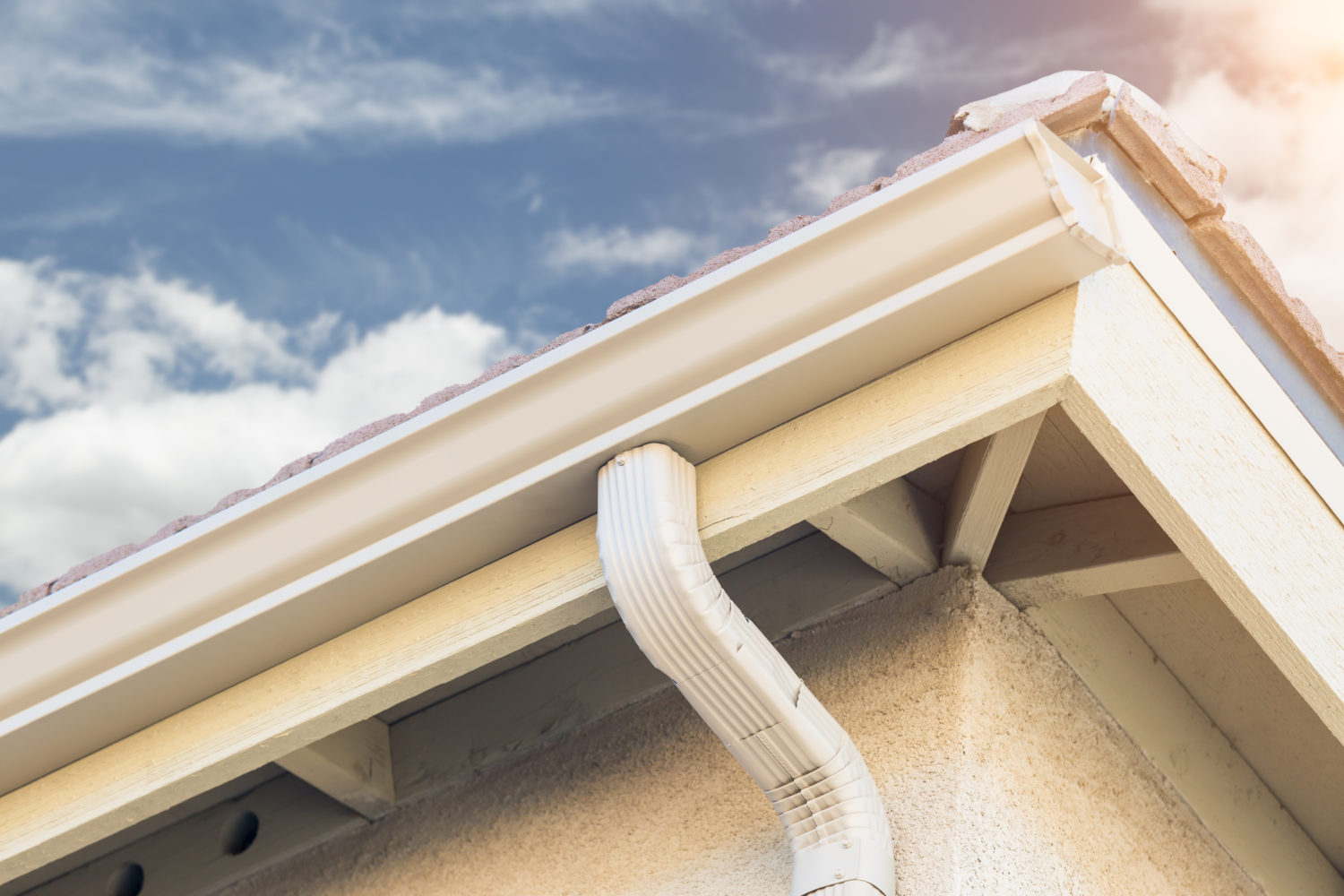

0 thoughts on “How Do Brick Ovens Work”